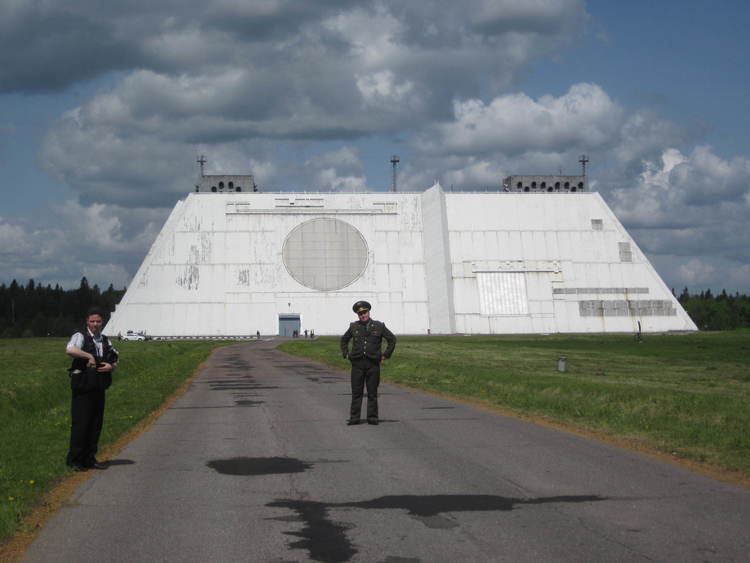Frequency SHF 7.5 sm | No. built 1 | |
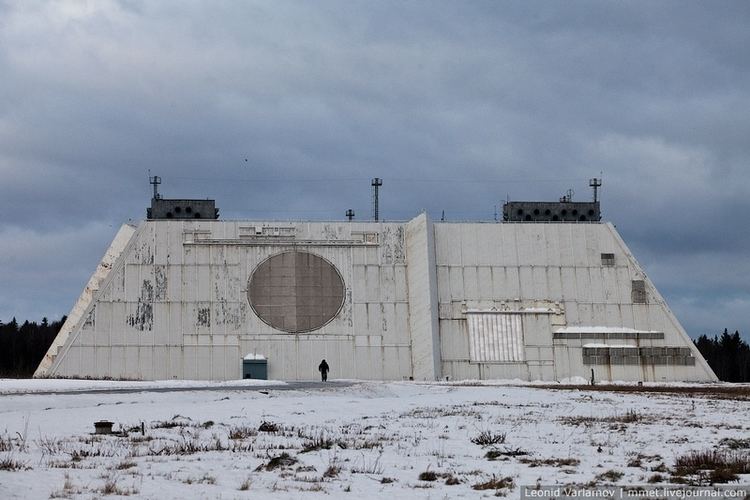 | ||
Introduced 1991 1996 Started building 1978, commissioned 1989, operational 1996 Type Early warning radar, missile defence, space surveillance Range 1,500–2,000 kilometres (930–1,240 mi) size of target 5cmx5cm or 2 inchesx 2 inches Similar Gabala Radar Station, United States missile d, AN/FPS‑35 Radar Tower an, Armavir Radar Station, Svobodny Cosmodrome | ||
Don 2n radar 2 nato pill box
The Don-2N radar (Russian: Дон-2Н, NATO: Pill Box) is a large missile defence and early warning passive electronically scanned array radar outside Moscow, and a key part of the Russian A-135 anti-ballistic missile system designed for the defence of the capital against ballistic missiles. Located in the Pushkino district of Moscow it is a quadrangular truncated pyramid 33 metres (108 ft) tall with sides 130 metres (427 ft) long at the bottom, and 90 metres (295 ft) long at the top. Each of its four faces has an 18 metres (59 ft) diameter Ultra high frequency band radar giving 360 degree coverage. The system is run by an Elbrus-2 (Russian: Эльбрус-2) supercomputer.
Contents
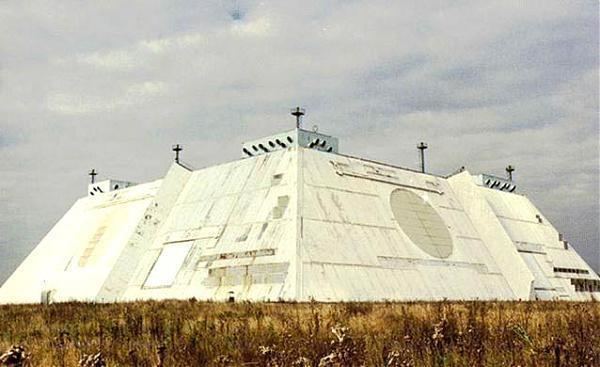
It has a range of 3,700 km for targets the size of a typical ICBM warhead.
Under the 1972 Anti-Ballistic Missile Treaty both the United States and the Soviet Union had to designate one area to protect from missile attack. The USA chose North Dakota and the Soviet Union chose Moscow. The Don-2N radar is designed to be the control centre of the system and can operate autonomously if connection is lost to its command and control centre.
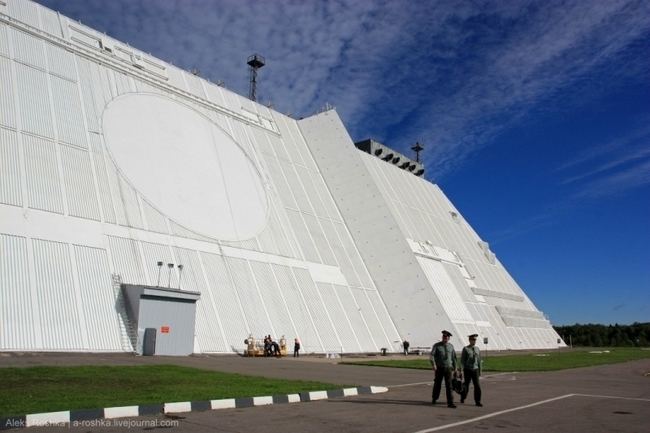
The 1998 SIOP targeted this radar facility with 69 consecutive nuclear weapons.
Don prototype
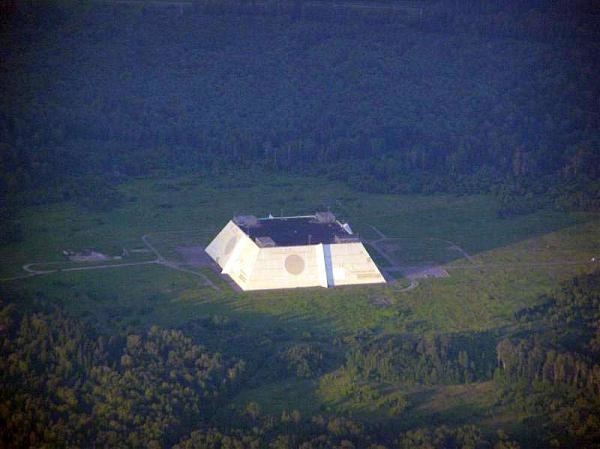
The prototype Don radar, called Don-2NP (Russian: Дон-2НП, NATO: Horse Leg) is in Sary Shagan test site in Kazakhstan, location 46°0′11″N 73°38′58″E.

